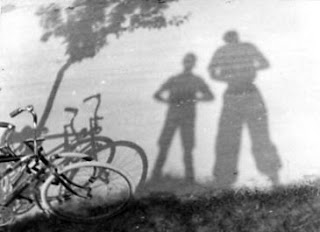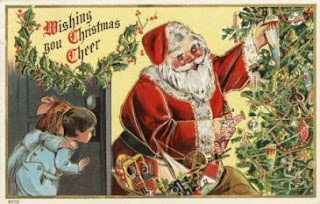 Ken Kitano: Our Face
Ken Kitano: Our Face at Galerie Priska Pasquer in Cologne, Germany. "...Ken Kitano, who was born in 1968, has been working on the ‘Our Face’ project since 1999. Beginning in his native Japan, he portrays members of social groups, associations, clubs or professions – for instance lawyers, athletes or ricksha pullers.
A conceptual approach such as this was pioneered by August Sander, whose Weimar typology ‘Face of our Time’ was published back in 1929. Unlike Sander, however, Ken Kitano’s work does not depict individuals belonging to a group, but rather compresses portraits of a group into a single print, in which the portraits (up to several dozen individual shots) are copied upon one another, layer upon layer." More...
Works by Ken Kitano
at his personal site.
 Recollection: Thirty Years of Photography at The New York Public Library. "...Henri Cartier-Bresson compared portraits to a visual reverberation, in which 'the people come back to you like a silent echo. A photograph is a vestige of a face, a face in transit.' His definition of portraiture (appealing to themes of recall, repetition, and return) also applies more generally to photography itself, describing a medium that has been repeatedly renegotiated over its short history, whether in terms of mechanical reproduction, documentary evidence, or as an independent art. Recollection, along with its online multimedia presentation, celebrates thirty years of photogaphy at The New York Public Library."
Recollection: Thirty Years of Photography at The New York Public Library. "...Henri Cartier-Bresson compared portraits to a visual reverberation, in which 'the people come back to you like a silent echo. A photograph is a vestige of a face, a face in transit.' His definition of portraiture (appealing to themes of recall, repetition, and return) also applies more generally to photography itself, describing a medium that has been repeatedly renegotiated over its short history, whether in terms of mechanical reproduction, documentary evidence, or as an independent art. Recollection, along with its online multimedia presentation, celebrates thirty years of photogaphy at The New York Public Library."








